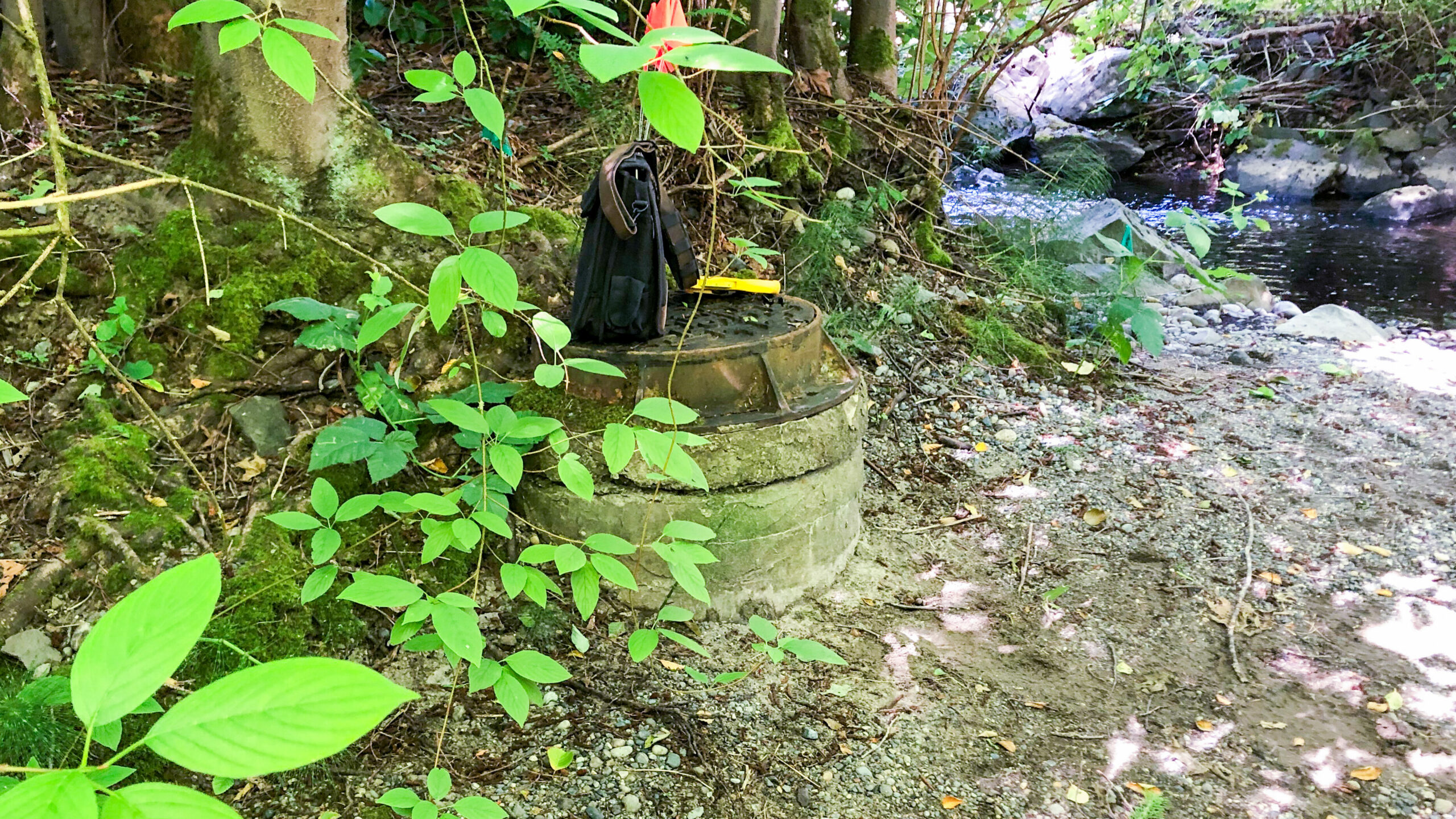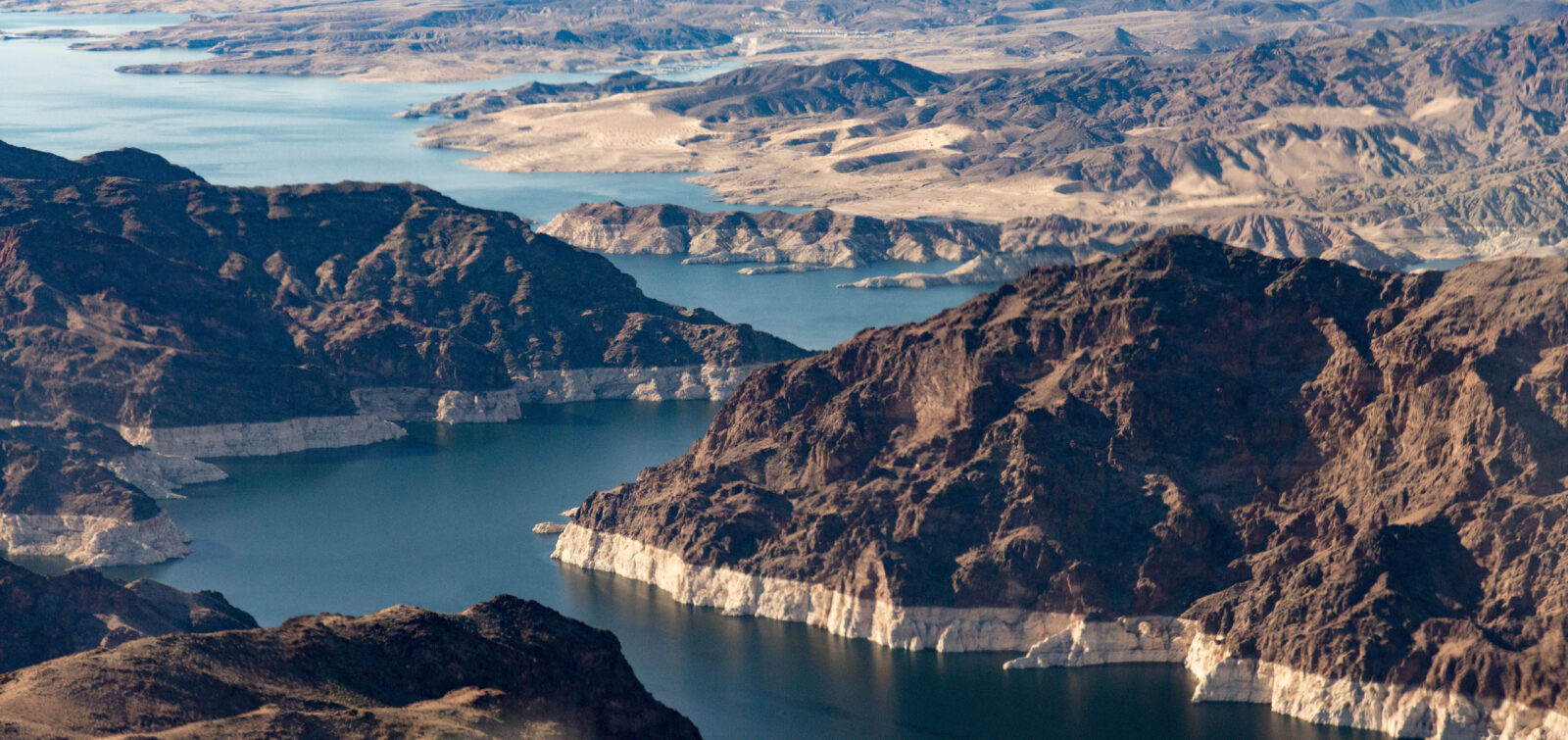Water districts across the nation face increasing risks to their supplies and delivery systems resulting from increasing demand, aging infrastructure, environmental constraints, and periods of drought.
Across California, the Pacific Northwest, and Florida, ESA’s Water experts are supporting local water districts’ efforts to enhance their systems’ resilience and reliability in the face of these supply challenges, and maintain safe and reliable drinking water supplies for their communities. Read on to learn more about a few of these projects.
Northern California: Marin Water
Problem:
Marin Municipal Water District supplies water to 191,000 customers in Marin County, California, and local rainfall on Mount Tamalpais is their primary source. Seven local reservoirs provide about 75 percent of their water supply, and the remaining 25 percent is either imported from the Sonoma County Water Agency or is recycled water.
Marin and Sonoma are geographically isolated and do not have access to the State Water Project, which draws water from the Central Valley watershed and other large watersheds in California. Although supplies from Marin Water’s local watersheds are sufficient and high quality in most years, recent drought conditions in 2021 severely threatened water reliability and prompted Marin Water to explore options to improve the resilience of their water supply portfolio through a Supplemental Water Supply Assessment.

Solution:
ESA has worked with Marin Water as a trusted advisor for many years, and has assisted the District on several projects to help increase and manage these water supplies. This has included preparing environmental documents for pipeline connection, additional water storage, and improved water conveyance projects. Many of these projects seek to improve the functionality of existing water infrastructure to provide flexibility and increase storage in various parts of Marin Water’s watershed lands. ESA’s work includes detailed CEQA analysis, environmental screening, and permit documentation, as well as the assessment of environmental constraints. In particular, one project will develop 20,000 acre-feet of additional local storage, capable of yielding up to 5,000 acre-feet of supply during dry years.
Marin Water is also working with ESA to increase climate resiliency with careful management of watershed habitats, including a watershed enhancement project. This project, which is located within the Lagunitas Creek watershed, includes 13 restoration sites designed to improve the ability of coho salmon and steelhead to withstand the effects of climate change. These efforts have assisted Marin Water in successfully developing a consistent and flexible overarching approach to addressing their current and future water resiliency needs head-on, ensuring clean and reliable drinking water for their ratepayers.
Southern California: Ventura Water
Problem:
Ventura Water serves nearly 110,000 people and relies completely on local water supplies from groundwater, the Ventura River, and Lake Casitas. During the recent multi-year droughts experienced in the region, each of the District’s sources experienced cutbacks that threatened the implementation of water rationing. To ensure sufficient water supplies during a prolonged drought, the District needed to augment their existing supplies to meet projected future demands. At the same time, a court decision required the City of Ventura to redesign their wastewater treatment system and discontinue the practice of discharging tertiary-treated water into the Santa Clara River Estuary (Estuary). It quickly became clear that the City had a unique opportunity to build a new reliable, drought-resistant, locally controlled, and environmentally responsible recycled water system to meet the City’s current and future potable demands.

Solution:
ESA prepared the Environmental Impact Report for the Ventura Water Supply Projects, including VenturaWaterPure, a 5,400 acre-feet per year indirect potable reuse project. This single project maximizes the amount of recycled water available for potable reuse and enhances the ecology of the Estuary for the protection of sensitive native species that rely on it, including the California steelhead, tidewater goby, and several species of birds. The program involves the construction of an advanced water purification facility and groundwater injection wells, which, when complete, will recycle up to 5,400 acre-feet per year of water that would otherwise be discharged to the Estuary. During the initial phase of the proposed project, discharges will be reduced by 60 percent by the year 2025, providing 2,800 acre-feet per year for potable reuse. The City could further reduce discharge quantities by 90–100 percent by 2030. ESA has supported the District’s permitting efforts and has prepared an adaptive management plan to monitor and evaluate the Estuary’s response to the reduced discharges.
Pacific Northwest: Alderwood Water & Wastewater District
Problem:
During the 1960s and early 1970s, numerous housing developments and corresponding infrastructure were being designed and constructed by development companies in Snohomish County, Washington. Before the implementation of the Clean Water Act in 1972, numerous pipelines were constructed in stream channels because gravity collection systems were the cheapest and easiest way to route wastewater. After more than 50 years of stream erosion and meandering, a number of these pipelines are now exposed and at risk of failure. Removal of the infrastructure is infeasible in most situations due to the fully developed nature of the contributing basin.

Solution:
ESA has been working with Alderwood Water & Wastewater District and design partner Consor Engineers to develop feasible solutions to protect exposed infrastructure and improve aquatic habitat in each of these pipeline systems. Our team coordinated early in the process with federal, state, and local permitting agencies to incorporate ecological considerations and mitigation measures into the design. Work has also included engaging with state fisheries biologists and area tribes to improve fish habitat to the greatest extent possible while still protecting the necessary infrastructure. Through a coordinated compromise of the different ideas and motivations of each party, the team has struck a good balance of meeting the permit requirements, providing for the district’s needs, and restoring habitat for the future.
Southeast: Tampa Bay Water
Problem:
Tampa Bay Water, which is the regional water utility for west-central Florida, supplies water to more than 2.5 million people through a combination of groundwater, river water, and desalinated seawater. Over the past 50 years, this region has experienced intense development, and with that, an increased demand for potable water. Over-reliance on groundwater wellfields resulted in substantial adverse impacts to lakes and wetlands in the region, necessitating a shift towards surface water and desalination supply sources. In the late 1990s, Tampa Bay Water obtained state Water Use Permits to harvest freshwater from three tidal river systems, and received state and federal permits to construct a major desalination plant. Given the uncertainty of how these new water supplies would affect the ecology of Tampa Bay, the permits required extensive long-term monitoring and assessment of project impacts.

Solution:
ESA worked with Tampa Bay Water to develop the Tampa Bay Water Hydrobiological Monitoring Program (HBMP), which determines safe yields from the surface water and desalination projects, and balances the maintenance of ecological integrity, the concerns of more than 50 stakeholder groups, and the provision of potable water. ESA staff led the initial design and implementation of the HBMP; ESA was re-selected by the District in 2016 and again in 2020 to provide ongoing monitoring, data analysis, and regulatory support to ensure that withdrawals under the Water Use Permits do not adversely impact the tidal river systems.
Over the HBMP’s 23-year history, ESA has collected, modeled, analyzed, and interpreted hydrologic, water chemistry, benthic macroinvertebrate, fish, ichthyoplankton, phytoplankton, water-dependent bird, seagrass, and wetland vegetation data. This data has been used to determine minimum flows and levels and maximum daily loads for the river systems. Additionally, ESA has provided ongoing monitoring of the Tampa Bay Desalination Facility to assess both intake water quality and the effects of the brine effluent discharge on Tampa Bay water quality and biota. To date, no adverse impacts from the permitted surface water supply projects have been detected, and HBMP data has been used by numerous agencies in the region to assess overall health of the Tampa Bay ecosystem as well as the potential effects of climate change and sea level rise on the bay and its tidal rivers.
To learn more about how ESA can support resiliency for your water district, contact:










